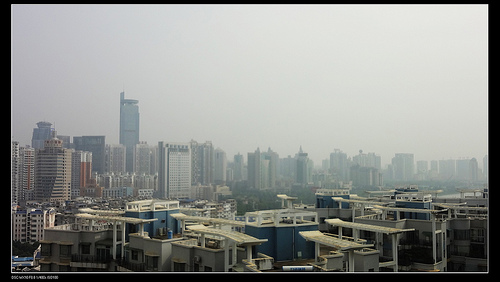Diane Bailey, Senior Scientist, San Francisco
A new study came out showing that 19 percent of people in the U.S. live close to high traffic roadways and likely face elevated air pollution levels—and the public health problems that come with that–as a result.
According to the study, 60 million people could face greater risk of asthma, cancer and other health hazards because they live within roughly 1500 feet, or a quarter mile,of a busy road. In California up to 40% of people face these elevated risks. The paper also confirms our longstanding concerns about environmental injustice: Communities of color and low income communities continue to bear a disproportionately large burden of air pollution, especially from diesel trucks and traffic.
Fortunately near roadway air monitors are starting go up in urban areas to document what families living closest to busy freeways are exposed to, as a result of new EPA standards. These monitors can’t go up fast enough. First, we need the monitors to measure the baseline pollution so we know what we’re dealing with. Secondly, we need to do something about the pollution in many well-known hot spots. We can’t take that second step without doing the first. NRDC has advocated and litigated for more monitors located in neighborhoods that accurately measure near highway pollution levels.
We need new policies to reduce traffic pollution; at least the monitors are a step towards that as this SF Chronicle article explains. That article also goes on to caution that “… land that is targeted for residential development is located near freeways, posing severe air-quality-related health risks for future occupants.” As we revitalize urban areas and build more housing, we need to make sure it’s done thoughtfully, avoiding the serious health risks next to freeways and breaking the chain of environmental injustice.
Related articles








